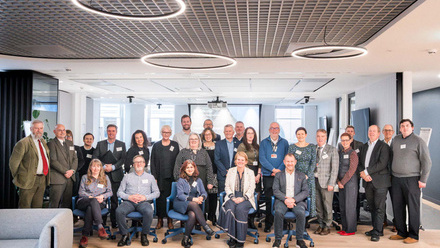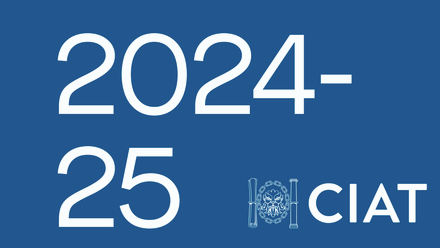Last surviving Founding Member and Past Chairman dies
He had suffered a stroke at the weekend prior but was comfortable and slipped away peacefully.
George was our last surviving Founding Member who had been present at the momentous meeting on 12 February 1965 and our second Chairman seeing the Institute through the formative years.
George was one of the 43 people who attended the inaugural meeting of SAAT in 1965 and since that day was a committed and significant contributor to the Institute’s success. It was George who took on the challenging task of preparing the first drafts of the Institute’s Constitution, Code of Conduct and a plan for the Regional Structure; all documents that are in existence today.
As a fundamental member in the Institute’s early years, George led the Regional Planning Committee to establish all Regional Councils and was responsible for compiling the Model Chapter Rules. At the time, George was described as the ‘number one advocate’ in establishing a firm policy for CIAT through the formation of the Standing Orders (the first Constitution).
George became the Institute’s second Chairman in 1968 and worked extensively with the RIBA leading the paper ‘The Role of the Technician’ and overseeing the publication of Office Training Schemes for Architectural Technicians.

George with Adam Endacott, Head of Creative & Communications, at the President's Ball in Glasgow, 2019.
His continued interest in education led George to being Vice-Chairman Education (1976-78), continuing the work of his friend John Newey and was actively involved with the Membership and Education Committee (1972-79), the Examinations Board (1978-86) and the Hardship Committee (1970-71, 76-78). George also acted as Chairman and Assessor for membership interviews.
His time with the Institute also saw contributions to the Finance Committee (1966-71, 76-78), Conduct Committee (1968-70), Practice Committee (1975-76) and the SAAT/RIBA Liaison Committee (1975-79).
George had also been a dedicated member of his Region holding the positions of Chairman and Secretary over the years and remained an active member of the Greater London Region until recent years.
Even in retirement, George remained a great supporter of the Institute and could be found in attendance, where possible, at Institute events.
George was a walking history of the Institute and there is no doubt that he was a CIAT legend – without the commitment and dedication of people like George, CIAT would not be the respected Institute it is today.
A full tribute will appear in the autumn issue of AT Journal.





